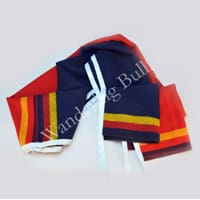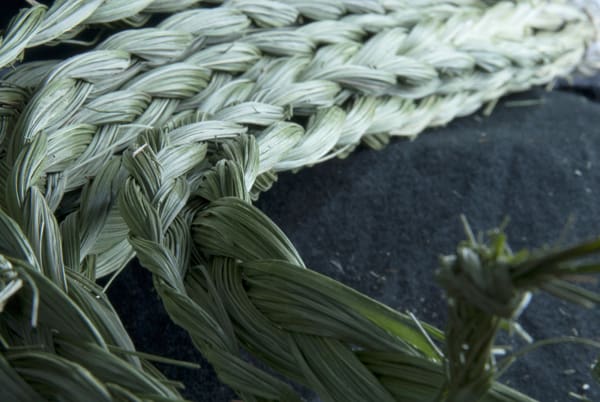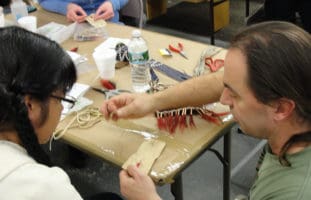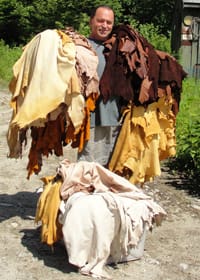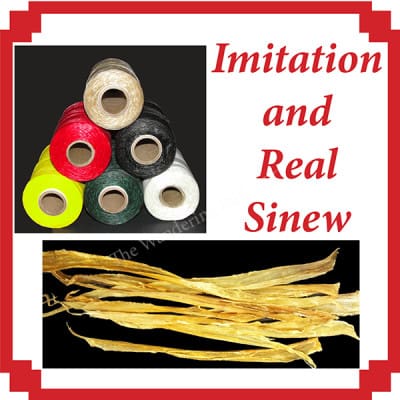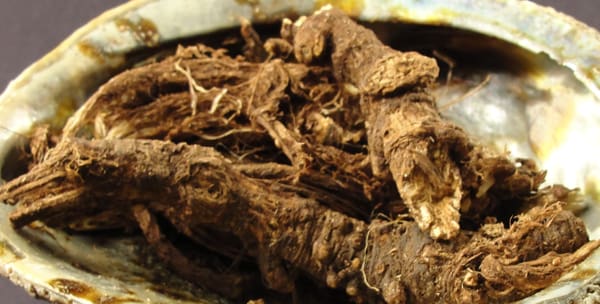
What is Osha Root?
For more than a millennia, Osha Root has been used by Native Americans. This perennial herb is found in deep rich soil in the mountains of the US and Mexico and is known by many different names: osha root, Porter’s lovage, Porter’s licorice-root, Porter’s wild lovage, Porter’s ligusticum, bear medicine, bear root, lovage, wild lovage, Indian root, Indian parsley, wild parsley, mountain ginseng, mountain carrot, nipo, empress of the dark forest, overoot, Colorado cough root, chuchupate, chuchupati, chuchupaste, chuchupatle, guariaca, hierba del cochino or yerba de cochino, raíz del cochino, and washí (tarahumara).
Continue reading Osha Root for protection energy and health
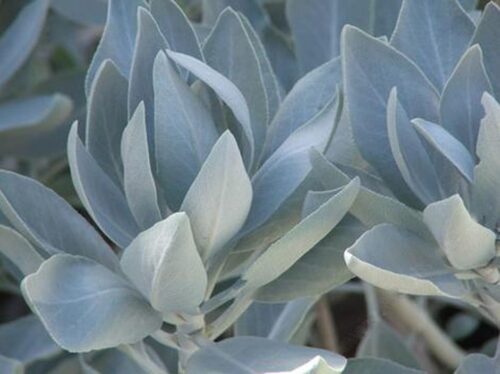

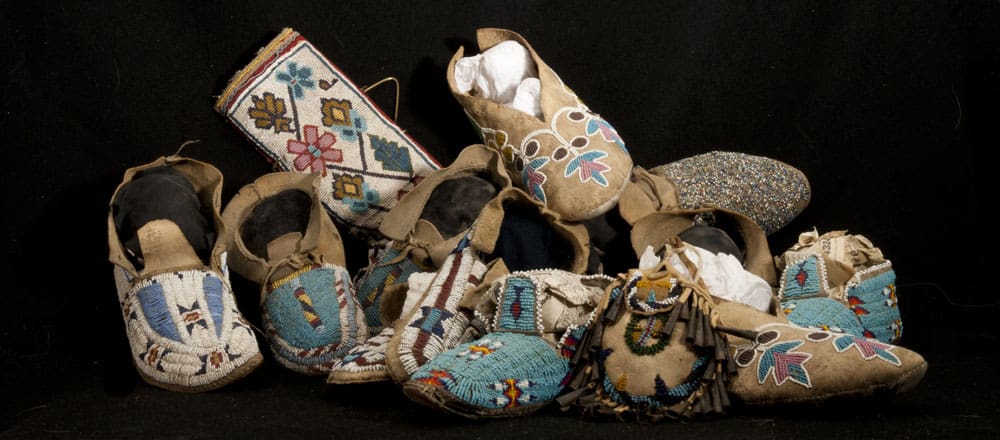
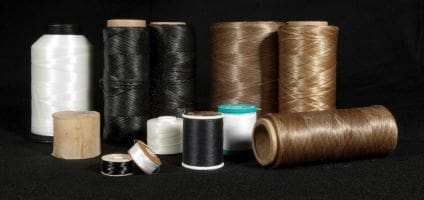
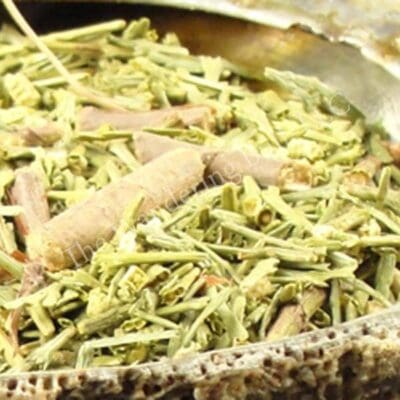
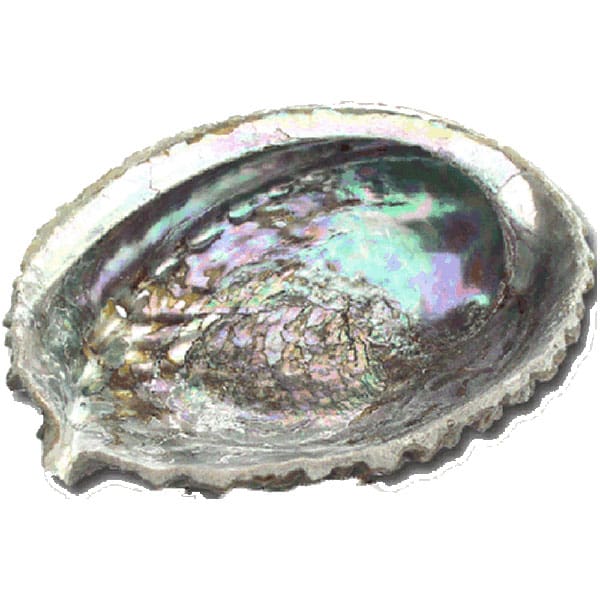
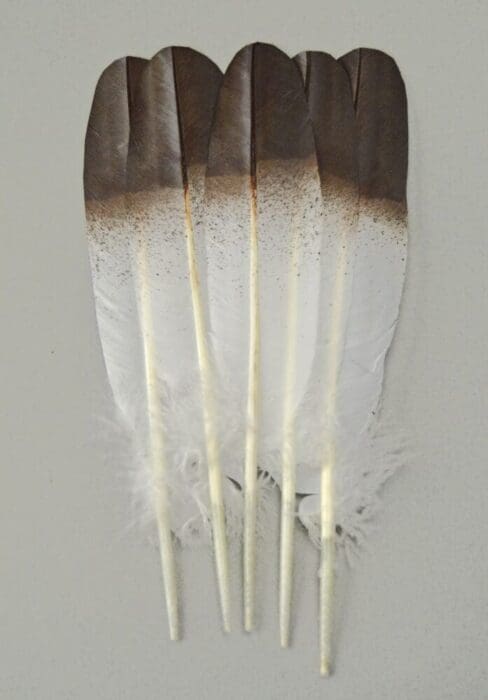
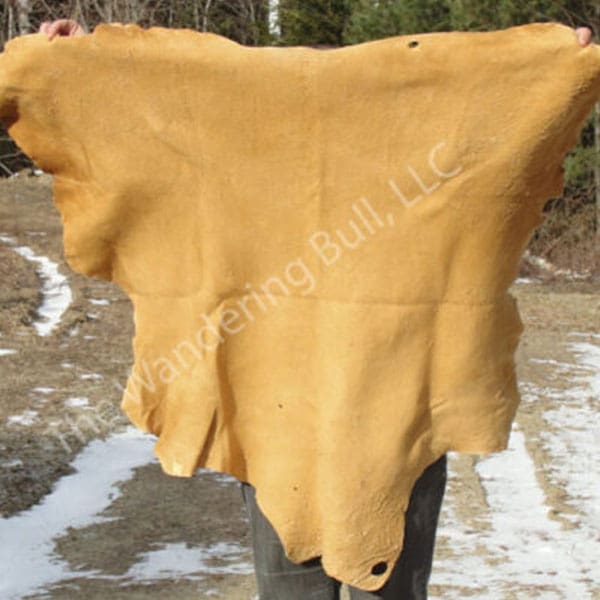
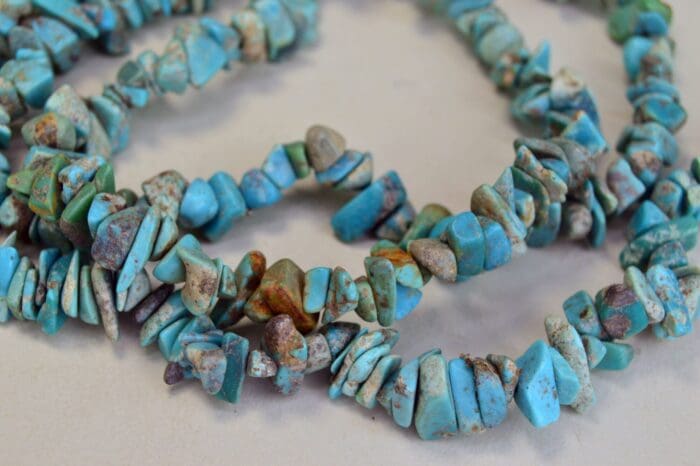
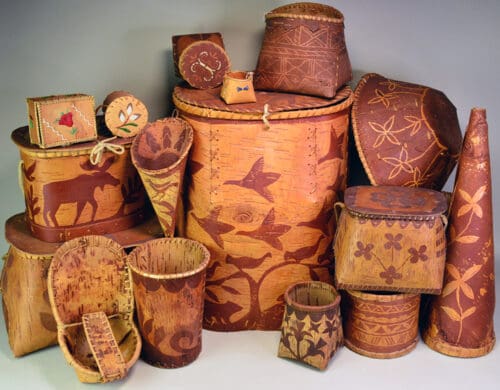
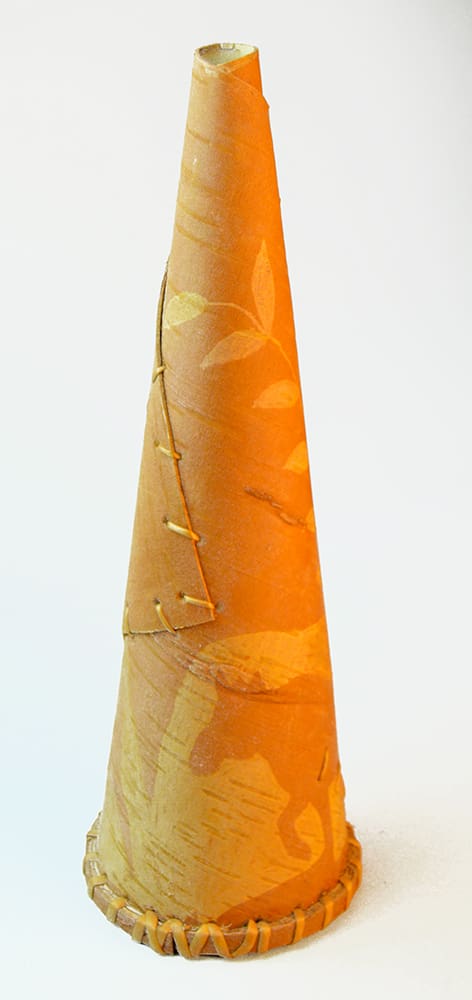
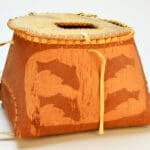 andles to carry them. Shallow trays or round containers with the inside treated with pitch can be used to cook food or carry liquids. Fish Creels with small openings in the lid hold the fisherman’s catch of the day.
andles to carry them. Shallow trays or round containers with the inside treated with pitch can be used to cook food or carry liquids. Fish Creels with small openings in the lid hold the fisherman’s catch of the day.